Congressional districts are redrawn every ten years after the census. States get to play cartographer, using population data to redraw boundaries for fair representation. But wait! Enter gerrymandering—where political parties twist lines to favor themselves. It's messy, really. Some states use independent commissions to keep things honest, while others let politicians have a free-for-all. So, can we trust the process? Not entirely. There's much more to the story, and it's a real rollercoaster ride.
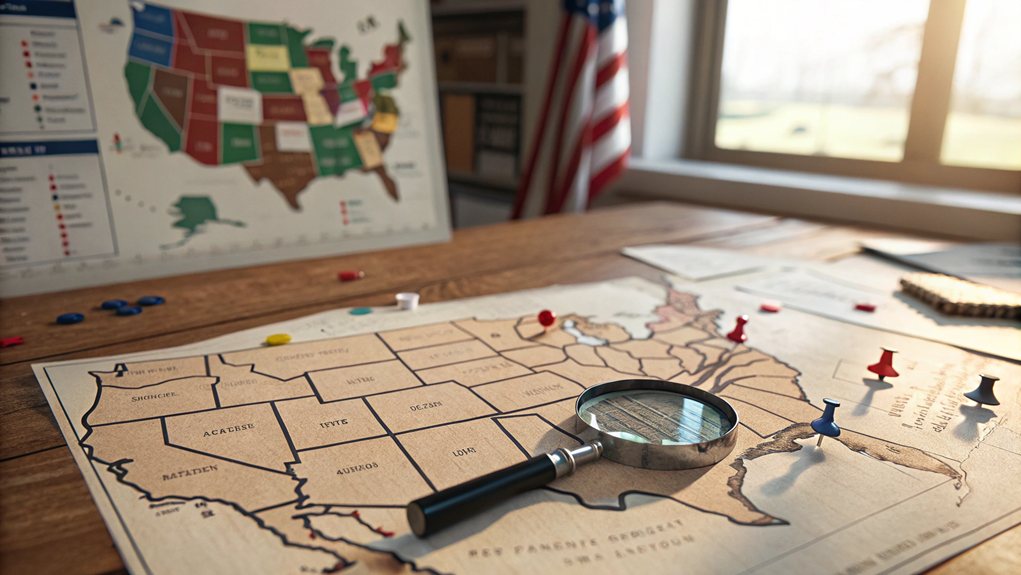
Every ten years, after the U.S. census, a little-known yet essential process takes place: redistricting. It's like a game of political chess, where congressional districts are redrawn to reflect the latest population counts. Why? To guarantee roughly equal representation. Simple, right? Not quite. States get all sorts of creative with how they carve up their territories. Some use their legislatures, while others opt for independent commissions. So, who really decides? It depends—often on who's in charge.
Census data is the lifeblood of this process. Block-by-block population counts guide the redistricting efforts. The goal is to keep everything fair, but that's where things can get messy. Enter the Voting Rights Act. Its rules are supposed to protect minority voting rights, but partisan influences can still creep in. And let's not forget gerrymandering—the art of drawing districts to favor one party over another. It's like trying to win a race by changing the track layout mid-run. Courts sometimes step in to fix the mess, invalidating maps that go too far. Independent commissions are one approach some states use to try to limit gerrymandering and ensure fair representation.
The rules for drawing these districts might seem straightforward: equal populations, protect minority voters, and try to stick to political boundaries. But guess what? States often twist these rules to fit their agendas. Redistricting aims to ensure flexibility becomes the name of the game, and conflicting priorities can lead to some bizarre shapes on the map. You could say it's an art form—if art was designed to confuse and mislead. Federal law prohibits multi-member districts for Congress, which complicates representation and further emphasizes the importance of how districts are drawn.
The impact of redistricting is profound. It can shape election outcomes for a decade. States can gain or lose congressional seats based on population shifts. Meanwhile, governors sometimes have a say, wielding veto power or advising on plans. If things go south, state courts might just grab the red pen and start drawing themselves.
In the end, redistricting is a complex dance of data, politics, and power, with real consequences for every voter.
Frequently Asked Questions
Who Is Responsible for Drawing Congressional District Boundaries?
Drawing congressional district boundaries? That's mostly up to state legislatures.
They whip up redistricting plans like any other legislation, needing a majority vote. Governors can throw in a veto, but legislatures often just override it.
Some states, like Arizona, have independent commissions to reduce the partisan bickering. Others stick to their own rules, like following county lines.
Bottom line: it's a messy process, and not everyone plays fair.
How Often Are Congressional Districts Redrawn?
Congressional districts? They get a makeover every ten years, right after the U.S. Census.
It's like a political spring cleaning! States scramble to adjust boundaries based on population shifts.
Sometimes, it's a mess, with courts stepping in when things go haywire. And let's not forget the occasional mid-decade tweak if a judge throws a fit.
What Is Gerrymandering and Why Is It Controversial?
Gerrymandering? It's the art of bending district lines to favor one political party.
Think of it as a game where politicians draw maps like they're coloring in a kid's picture book. Controversial? Absolutely. It's basically cheating.
This manipulation creates safe seats, dilutes minority votes, and fuels political polarization.
The result? Unfair representation and a whole lot of angry voters.
Democracy? More like a twisted version of it—where the rules are rigged.
Can Citizens Challenge District Maps in Court?
Yes, citizens can challenge district maps in court.
It's not just a free-for-all, though—there are rules. Lawsuits often pop up over claims of racial or partisan gerrymandering.
Think of it as a legal tug-of-war. Advocacy groups jump in, too, because they smell injustice.
Courts can step in to fix or toss out maps. Sometimes, it feels like a game of whack-a-mole.
But hey, at least someone's trying to keep it fair.
How Do Population Shifts Affect Congressional Districts?
Population shifts shake up congressional districts like a game of musical chairs, and not everyone gets a seat.
When people move, some states gain representatives—hello, Texas!—while others, like California, watch their power dwindle.
It's not just numbers; demographics change the whole vibe. Old folks? New families? All of it shapes who gets elected.
So, buckle up. Redistricting can turn a cozy neighborhood into a political battleground.
Welcome to the wild world of representation!

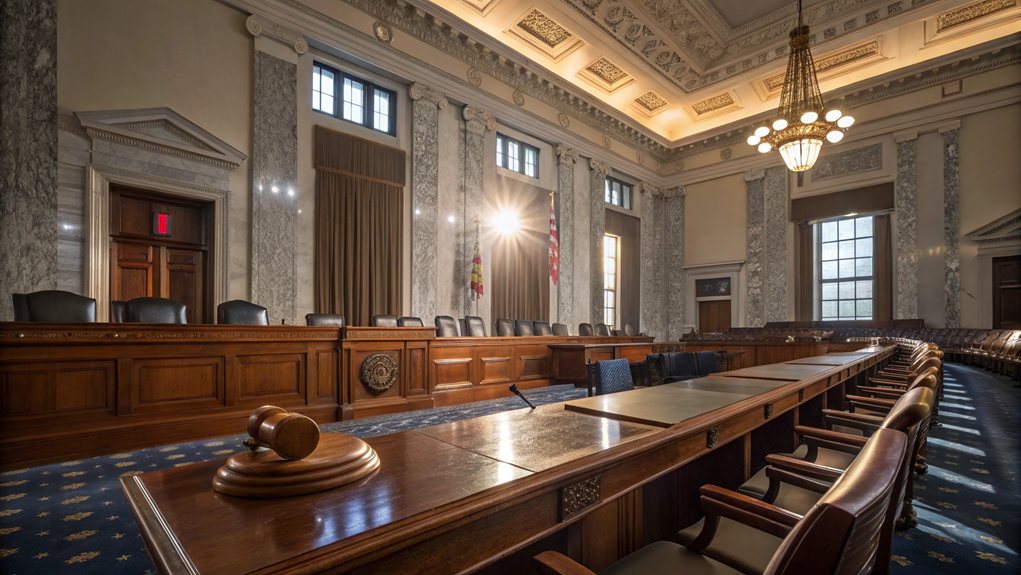
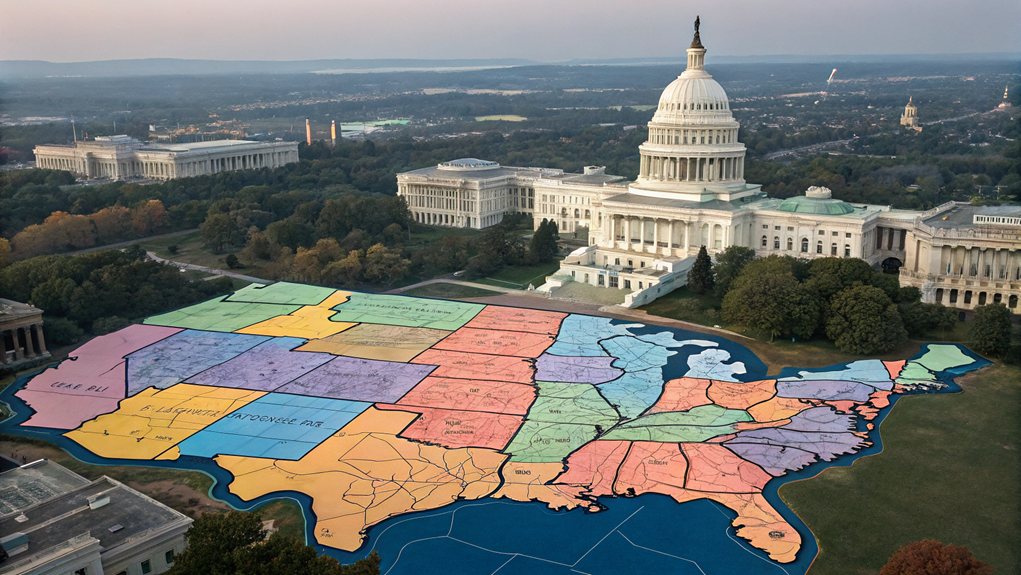
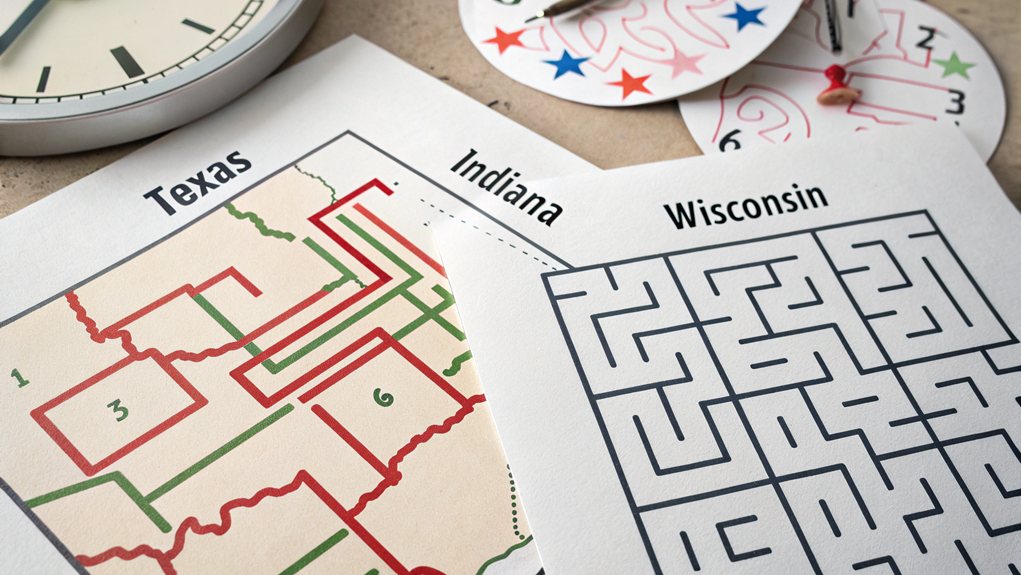

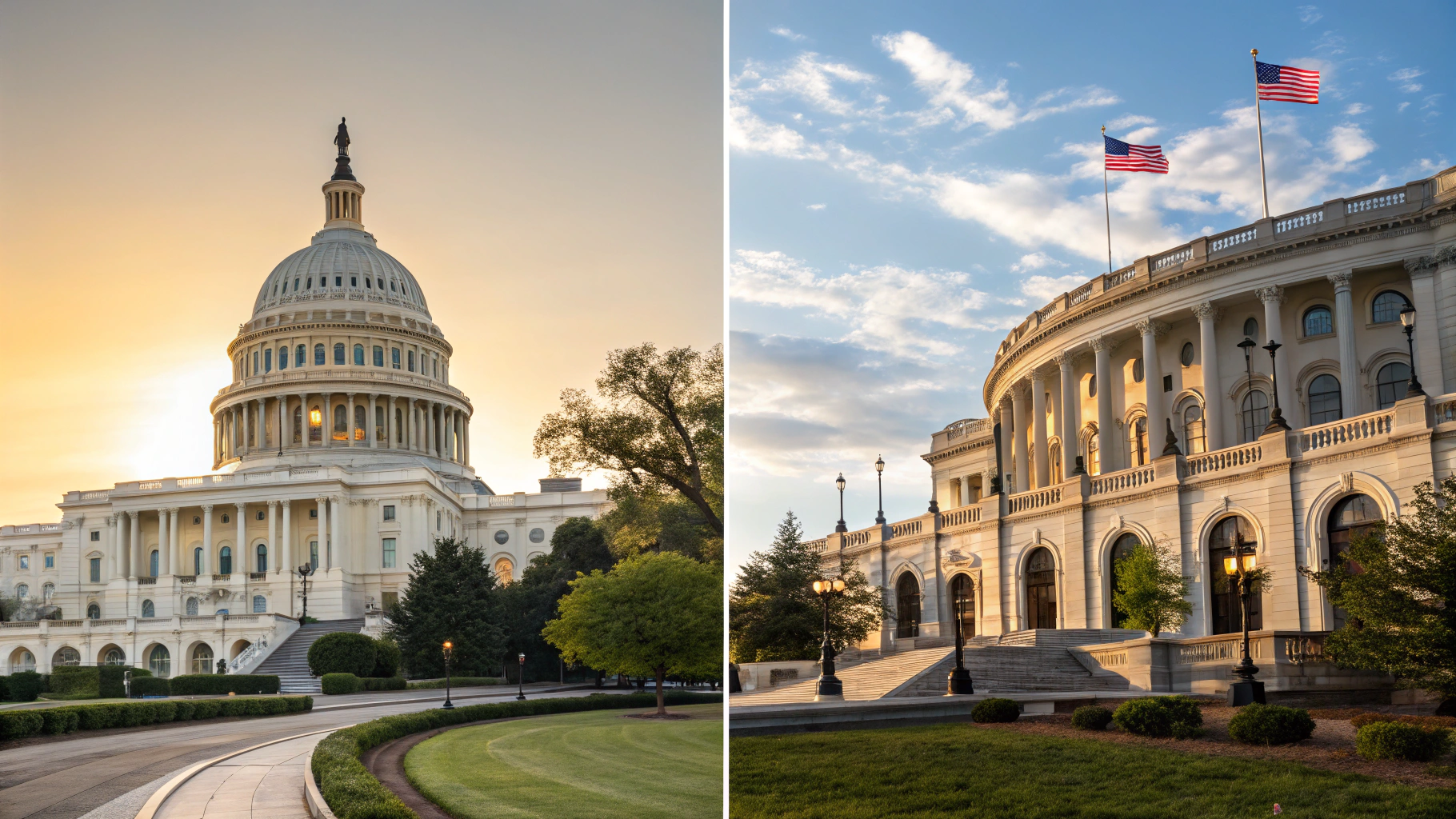



1 comment
Comments are closed.